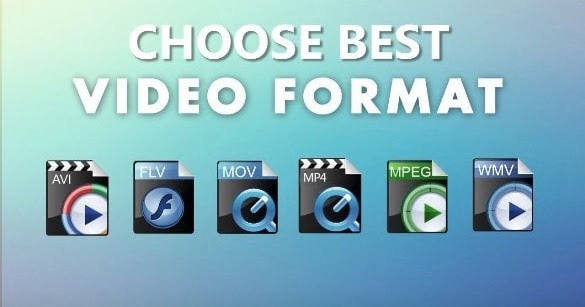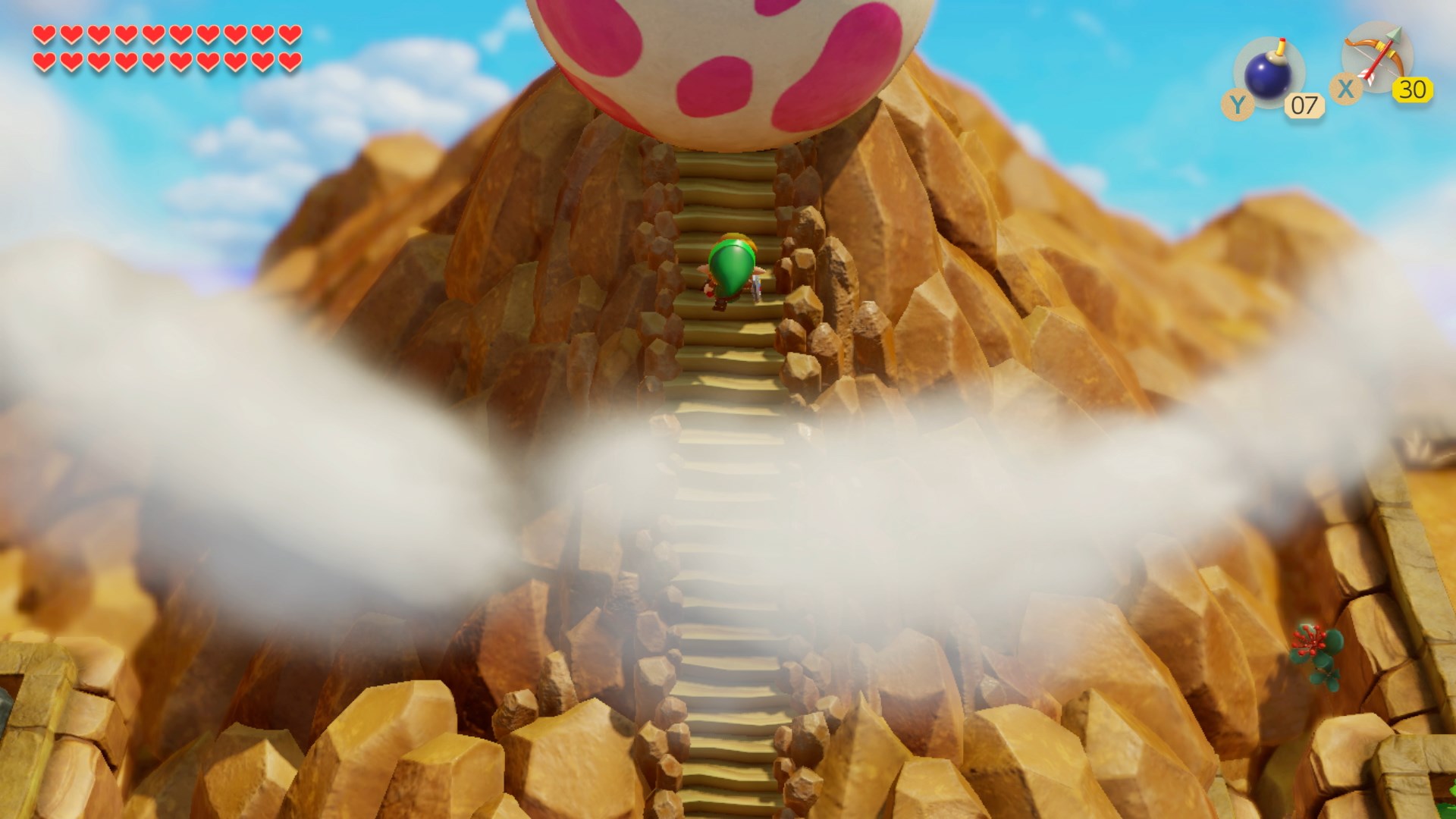Massive Growth in Disc Storage Capacity
The original Xbox used DVD discs with a maximum capacity of around 8GB. This allowed 360 games like Halo 3 to fit on a single layer DVD and load levels in around 60 seconds. However, the Xbox 360 was still relatively early in the standardization of high definition games. As visual fidelity increased through the generation, many titles began shipping on dual layer DVDs with increased capacity of 15-20GB. This trend of growing game sizes continued with the launch of the Xbox One. Microsoft’s newest console utilized Blu-ray discs, which provide a substantial storage boost over DVD. Blu-ray discs have a minimum capacity of 25GB for single layer discs and 50GB for dual layers. This allowed Xbox One launch titles like Forza Motorsport 5 to ship on a single 50GB disc and avoid multi-disc releases. The jump in disc capacity was necessary to accommodate the next-generation of textures, effects and open world environments in high definition.

The Need for Installation: Moving Data to the Hard Drive
While Blu-ray offered a massive upgrade in potential storage, one downside became apparent - the transfer speeds from disc to system were significantly slower than the Xbox 360’s DVD drive. The internal Blu-ray drive on the Xbox One can read data at around 36MB/s maximum. In comparison, the Xbox One’s integrated hard drive can transfer data at speeds of up to 768MB/s. Loading several gigabytes worth of textures, audio files and game code directly from the Blu-ray would result in extremely long wait times before being able to actually play a new title. Multi-minute load screens were deemed unacceptable in an era where gamers expected near instant load times. To solve this, Microsoft mandated that all Xbox One games be partially or fully installed to the significantly faster internal hard drive. This allowed levels, assets and more to be rapidly accessed from the hard drive during actual gameplay. Load times dropped from several minutes loading directly from disc, down to 10-20 seconds with content pre-installed on the internal SSD-like drive. The installation process became an accepted part of the setup process for gamers, ensuring an optimal playing experience once launched.
Bringing Backward Compatibility: Technical Challenges & Publisher Cooperation
One highly requested feature among legacy gamers was the ability to play their extensive digital and physical Xbox 360 libraries on the new Xbox One hardware. However, bringing full backward compatibility presented major technical challenges. The Xbox 360 utilized the PowerPC CPU architecture while the Xbox One used x86-64 like modern PCs. This meant games would need to be software emulated rather than running natively. Emulation is a complicated process that requires extensive testing to ensure accurate gameplay across thousands of different titles. Not every game would be compatible due to reliance on low-level console features no longer present on newer hardware. To tackle this, Microsoft developed an emulation platform they called the “Xbox 360 emulator”. Through this and working directly with top publishers, they were able to make select biggest Xbox 360 games forward compatible on the Xbox One. Titles like the Mass Effect trilogy, BioShock games and many others received compatibility support through the emulator. When possible, remasters were also produced with enhanced graphics textures and higher resolutions for the latest consoles. While still not a complete back catalog, these efforts sought to preserve the value of customers’ previous digital libraries when moving to new hardware generations. Backward compatibility remains an ongoing area Microsoft actively works to expand selection within.
Troubleshooting Backwards Compatibility Issues
For users looking to try Xbox 360 games on their Xbox One, there are a few troubleshooting steps that can be tried:
- Check the official backward compatibility game list on Xbox.com to ensure a specific title you own is labeled as supported.
- Start with testing games you already own digitally or on disc that are labeled as compatible, like titles in the Call of Duty or Assassin’s Creed franchises.
- If a game does not automatically launch or gives an error message, it likely has not been made compatible through emulation support yet. Keep an eye out for future title additions.
- Ensure your Xbox Live account is associated with the correct region, as backwards compatibility is limited to games released in your local market.
- As a last resort, do a full power cycle by holding the Xbox button for 5+ seconds to do a hard reset if odd behaviors occur.
With some trial and error of compatible games, users can validate if their experience works as intended through Microsoft’s backwards compatibility features.
Original Xbox One DRM Plans Changed Gaming Forever
When Xbox One was first unveiled in 2013, the console was announced with some very different digital policies than what ultimately shipped. In an effort to push the industry towards an all-digital future, Microsoft planned for all games to require an online check-in at least once every 24 hours. Discs would merely serve as installers, with all ownership and play tied to gamer’s online digital licenses. A controversial alternative proposed was to allow disc-based gameplay only after purchasing a full digital version of a game. While seeking to incentivize digital sales, these plans imposed major new restrictions disliked by many potential buyers. After significant fan backlash, Microsoft reversed course before the console’s launch. Physical games no longer required installation or constant online checks. While the policies changed, Xbox has continued evolving to enable new digital-first experiences. Backward compatibility helps validate digital game licenses from multiple console generations. And features like game sharing and cross-buy offer benefits beyond physical media. The original plans accelerated debate around digital ownership models for entire industries.
Preserving the Past While Empowering the Future
As new game console generations emerge, full backwards compatibility becomes an increasingly difficult challenge to achieve from a technical and business perspective. While Microsoft works actively to expand the catalog of playable 360 games, complete compatibility covering thousands of unique titles remains implausible. At the same time, new platforms need to incentivize customers to embrace upcoming innovations rather than sticking to decade old hardware. Striking this balance is an ongoing effort central to any legacy platform holder. Methods like enhanced remasters and expanded backwards compatibility windows help preserve value from previous game libraries while still fueling excitement for new hardware. Looking ahead, continued emulator improvements combined with additional publisher cooperation could see a growing number of older classics preserved digitally. Though solutions promise access to past content, hardware transitions ensure platforms inevitably move focus to the future.
Conclusion
The move from DVD to Blu-ray when transitioning between the Xbox 360 and Xbox One generations necessitated major changes like obligatory game installations. This helped solve load time issues arising from the substantial gap in transfer speeds between disc and internal drive technologies. While backwards compatibility provides value in preserving past investments, emulating thousands of older titles across different architectures presents immense technical challenges limiting full realization of “play anywhere” promises. Microsoft’s ongoing efforts seek the right balance through expanded software emulation support and selective remasters or re-releases. As each new generation distances further from its predecessors, legacy gaming access will continue evolving in importance. But the drive towards new innovations ensures hardware platforms inevitably progress beyond strict compatibility constraints of the past. Striving for the best of both worlds remains an ongoing pursuit central to any legacy platform holder.
 A Guide to Home Video Formats: Compatibility and Resolution
A Guide to Home Video Formats: Compatibility and Resolution